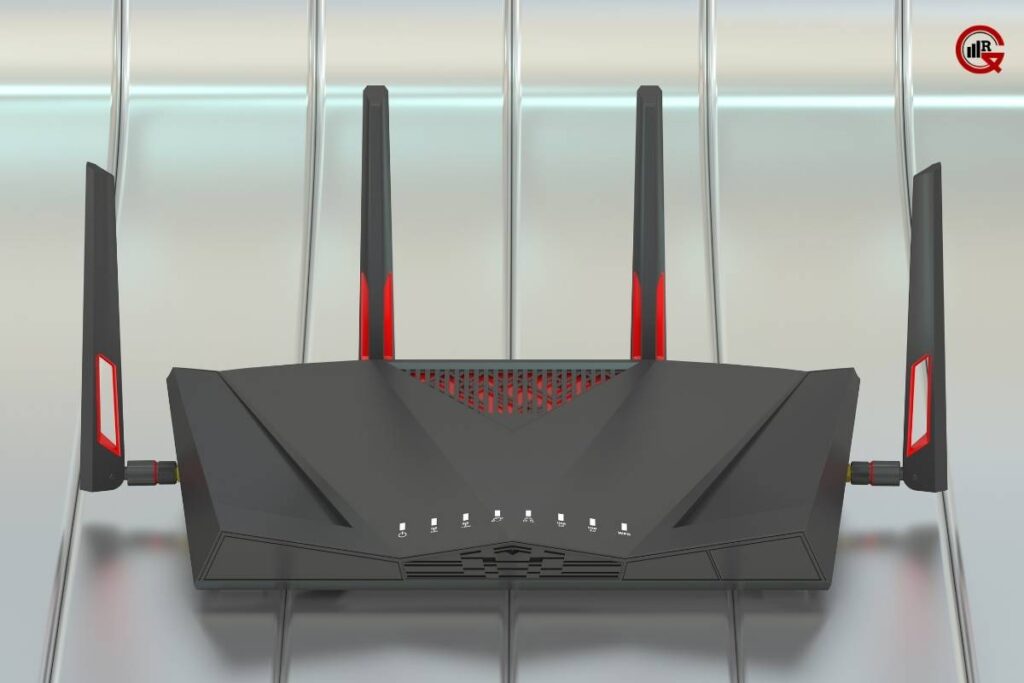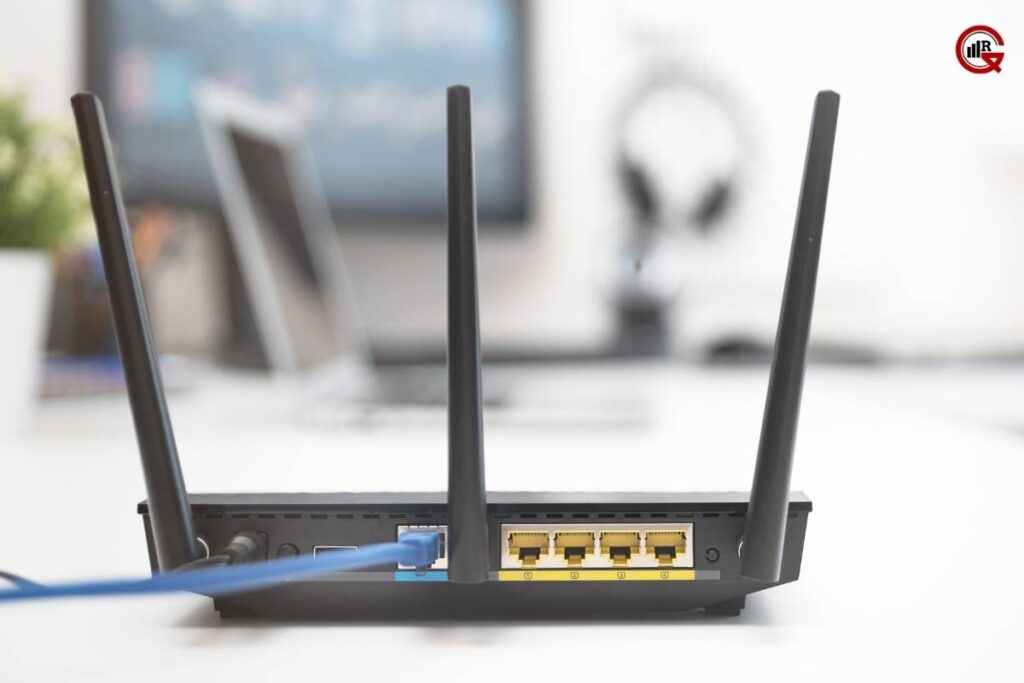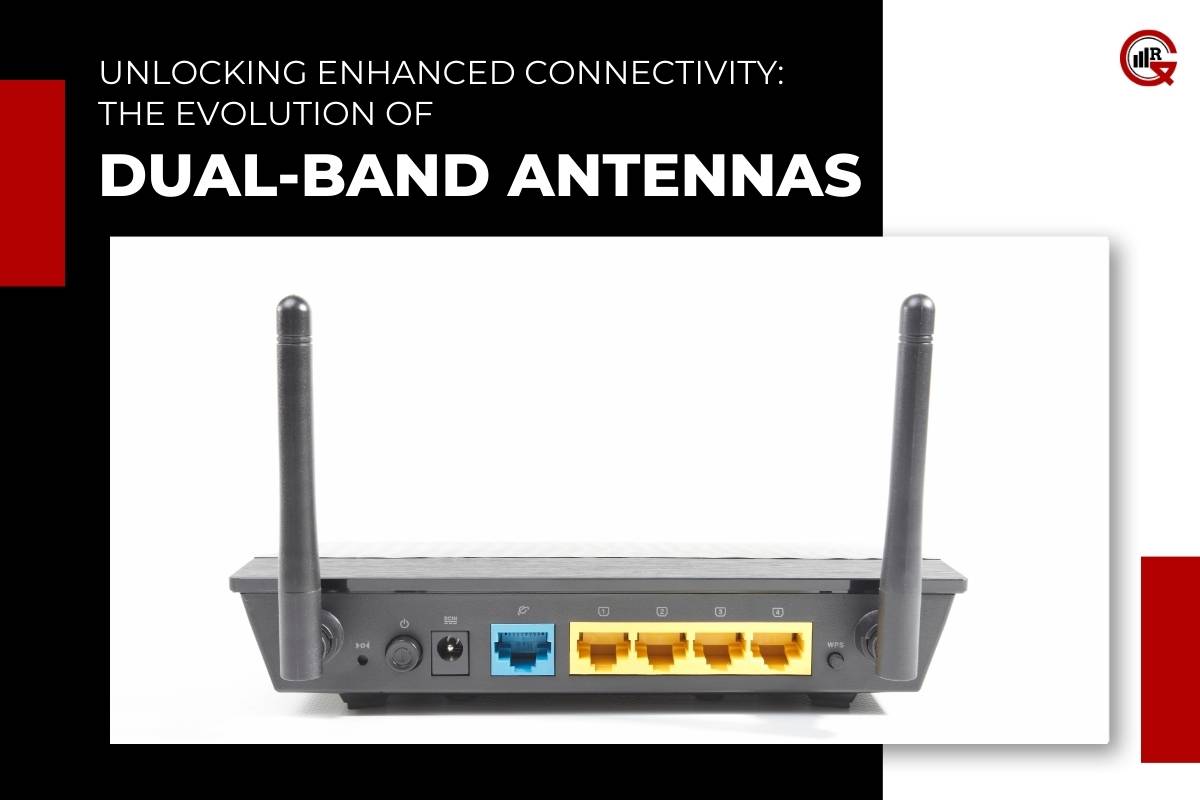In an era where seamless connectivity is paramount, the advancement of antenna technology plays a pivotal role in facilitating reliable communication across various applications. Among the innovations that have revolutionized wireless communication is the dual-band antenna. In this article, we explore the intricacies of dual-band antennas, their applications, and the impact they have on enhancing connectivity in diverse environments.
Understanding Dual-Band Antennas:
Dual-band antennas are a type of antenna designed to operate across two distinct frequency bands simultaneously. Unlike traditional antennas that are optimized for a single frequency band, dual-band antennas offer the versatility of supporting multiple frequency bands within a single compact design. This capability enables them to cater to a wide range of wireless communication systems and devices, providing enhanced performance and flexibility.
Design and Operation:

The design of dual-band antennas is engineered to accommodate two frequency bands while minimizing interference between them. This typically involves the incorporation of multiple radiating elements or the use of specialized impedance-matching techniques. By carefully tuning the antenna’s parameters, such as length, width, and spacing, engineers can optimize its performance across both frequency bands.
Dual-band antennas can operate in various configurations, including dipole, patch, loop, and helical designs, depending on the specific application requirements. Each configuration offers unique advantages in terms of radiation pattern, gain, and polarization, allowing for customization based on the intended use case.
Applications of Dual Band Antennas:
Dual-band antennas find applications across a wide range of wireless communication systems and devices, spanning different industries and sectors. Some common applications include:
Wireless Networking: Dual-band antennas are widely used in wireless networking devices, such as routers, access points, and Wi-Fi-enabled devices. By supporting both the 2.4 GHz and 5 GHz frequency bands, band antennas enable faster data transmission, reduced interference, and improved network performance.
Cellular Communication: In the realm of cellular communication, dual-band antennas are employed in smartphones, tablets, and other mobile devices to ensure seamless connectivity across multiple frequency bands. They allow users to access 4G LTE, 5G, and other cellular networks with enhanced coverage and reliability.
Satellite Communication: Dual antennas play a crucial role in satellite communication systems, where they are used for transmitting and receiving signals from satellites in both the L-band and Ku-band frequency ranges. These antennas enable high-speed data transfer and reliable communication for applications such as broadcasting, telecommunication, and remote sensing.
RFID and NFC Systems: These antennas are utilized in radio frequency identification (RFID) and near-field communication (NFC) systems for tracking and authentication purposes. They enable efficient data exchange between RFID tags and readers, as well as NFC-enabled devices, in diverse environments such as retail, logistics, and access control systems.
Automotive Telematics: In the automotive industry, these antennas are integrated into vehicles for telematics applications, including GPS navigation, vehicle tracking, and in-car entertainment systems. These antennas support both the GPS/GNSS (Global Navigation Satellite System) and cellular bands, enabling real-time location tracking and communication with remote servers.
Advantages of Dual Band Antennas:

These antennas offer several advantages over single-band antennas, making them a preferred choice for modern wireless communication systems:
Versatility: Dual antennas provide support for multiple frequency bands, allowing them to be used in a wide range of applications without the need for separate antennas. This versatility simplifies system design and integration, reducing costs and complexity.
Enhanced Performance: By operating across two frequency bands, dual antennas offer improved performance in terms of coverage, data throughput, and signal quality. They can mitigate interference and congestion issues commonly encountered in single-band systems, resulting in more reliable and efficient communication.
Space Efficiency: Dual antennas enable the consolidation of multiple antennas into a single compact unit, saving valuable space and reducing clutter in devices and infrastructure. This space efficiency is particularly beneficial in applications where size constraints are a concern, such as mobile devices and embedded systems.
Future-Proofing: With support for multiple frequency bands, band antennas are well-equipped to adapt to evolving communication standards and technologies. They offer future-proofing capabilities, ensuring compatibility with upcoming wireless networks and protocols without the need for hardware upgrades.
Cost-Effectiveness: Despite their advanced capabilities, dual antennas are cost-effective solutions compared to deploying separate antennas for each frequency band. Their integrated design and simplified installation process result in lower deployment and maintenance costs over the long term.
Improved Signal Quality: Band antennas are designed to optimize signal reception and transmission across multiple frequency bands, resulting in improved signal quality and reliability. This ensures that users experience consistent connectivity and minimal signal degradation, even in challenging environments with obstacles or interference.
Seamless Roaming: Dual antennas facilitate seamless roaming between different wireless networks or access points operating on different frequency bands. This capability is particularly beneficial in scenarios where devices need to transition between Wi-Fi networks or cellular towers without experiencing interruptions in connectivity.
Increased Network Capacity: By supporting multiple frequency bands, band antennas help increase the overall network capacity and bandwidth available for data transmission. This allows for more devices to connect simultaneously without sacrificing performance, leading to enhanced user experiences in crowded or high-density environments.
Enhanced Security: Band antennas can be configured to implement advanced security features, such as encryption and authentication protocols, to protect sensitive data transmitted over wireless networks. This ensures that communication remains secure and safeguarded against unauthorized access or eavesdropping attempts.
Compatibility with Emerging Technologies: Band antennas are well-suited to support emerging wireless technologies, such as the Internet of Things (IoT), 5G, and smart home devices. Their flexible design and broad frequency coverage enable seamless integration with new applications and services, driving innovation and expanding the possibilities of wireless communication.

Optimization for Specific Applications: Dual antennas can be customized and optimized for specific applications or use cases to maximize performance and efficiency. For example, in indoor Wi-Fi deployments, dual antennas can be configured to prioritize coverage in specific areas or to minimize interference from neighboring networks.
Integration with MIMO Technology: Many antennas incorporate multiple-input multiple-output (MIMO) technology, which utilizes multiple antenna elements to improve data throughput and reliability. By harnessing the spatial diversity of multiple antennas, MIMO-enabled antennas can achieve higher data rates and better signal quality, especially in high-speed wireless communication systems.
Compatibility with Multi-Protocol Devices: Dual antennas are compatible with multi-protocol devices that support different wireless standards and protocols, such as IEEE 802.11 (Wi-Fi), Bluetooth, Zigbee, and cellular technologies. This compatibility ensures seamless connectivity across diverse devices and networks, enabling interoperability and flexibility in communication ecosystems.
Environmental Resilience: Dual antennas are engineered to withstand harsh environmental conditions, including extreme temperatures, moisture, and mechanical stress. This resilience makes them suitable for outdoor deployments in industrial, military, and transportation applications, where reliable communication is critical for mission-critical operations.
Scalability and Future Expansion: Dual antennas offer scalability and flexibility to accommodate future expansion and growth in wireless networks. As technology evolves and new frequency bands are allocated for communication purposes, dual antennas can adapt and support additional bands through firmware updates or hardware modifications, ensuring long-term compatibility and investment protection.
Conclusion:
In conclusion, band antennas represent a significant advancement in wireless communication technology, offering enhanced connectivity, versatility, and performance across a wide range of applications. Whether used in wireless networking, cellular communication, satellite systems, RFID, automotive telematics, or other domains, band antennas play a crucial role in enabling seamless and reliable connectivity in today’s interconnected world. As the demand for faster, more efficient wireless communication continues to grow, dual-band antennas are poised to remain at the forefront of innovation, driving the evolution of connectivity solutions for years to come.






